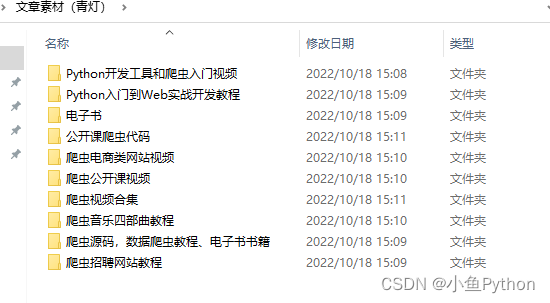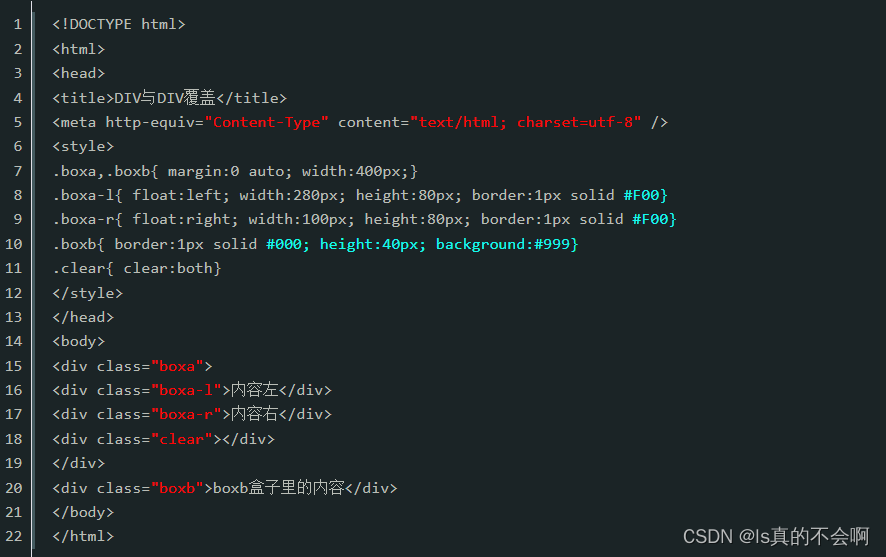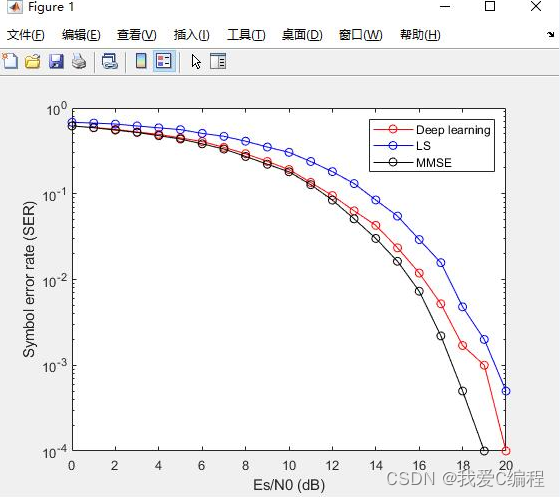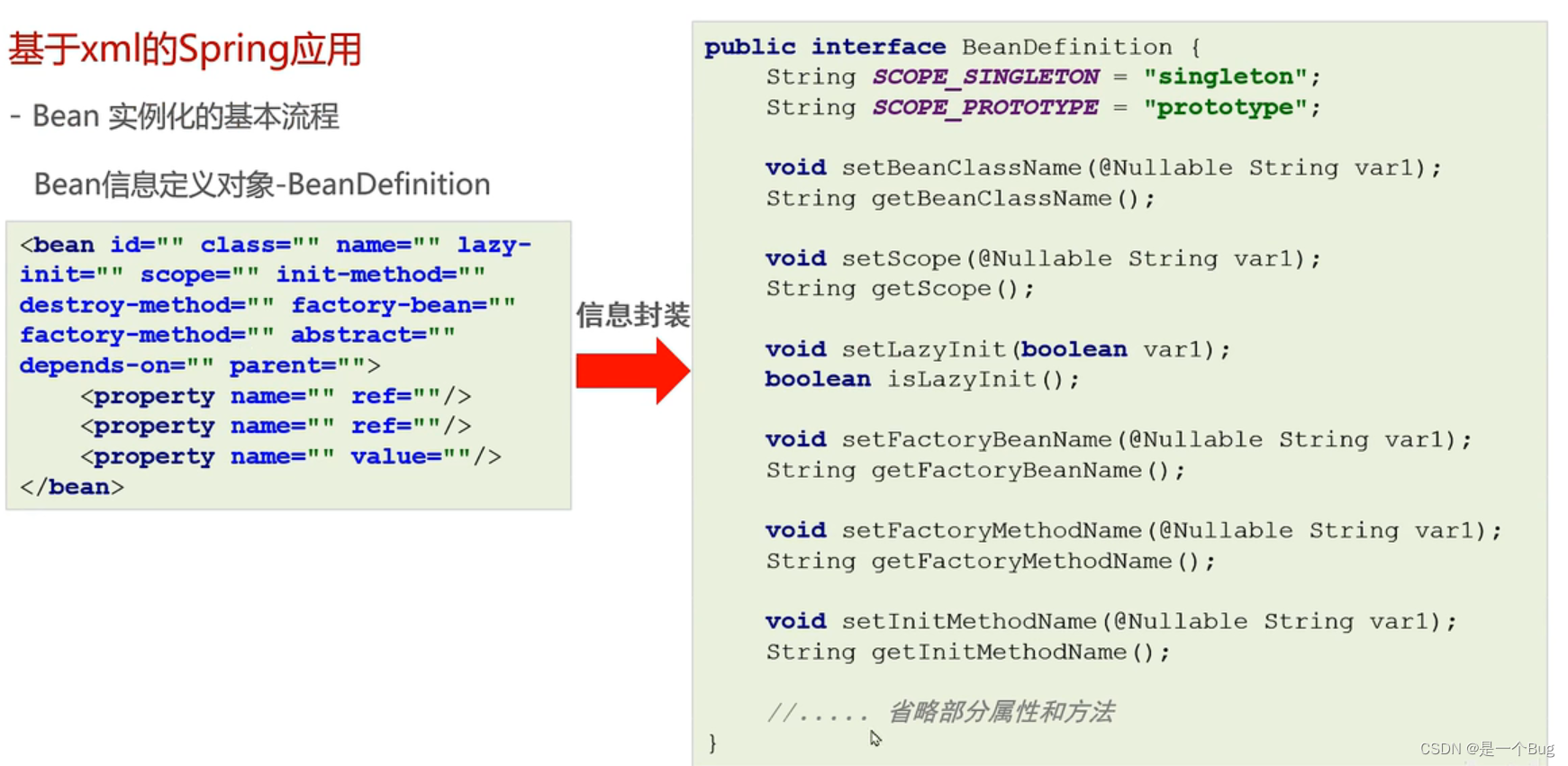目录
一、vector迭代器失效问题
1、resize,reserve,insert,assign,push_back可能引起底层空间改变
2、指定位置元素的删除操作erase
3、Linux下,g++编译器对迭代器失效的检测不是非常严格,处理也没有vs下极端
4、与vector类似,string在插入+扩容操作+erase之后,迭代器也会失效
二、memcpy拷贝问题
三、动态二维数组
一、vector迭代器失效问题
迭代器底层对应指针所指向的空间被销毁了,而使用一块已经被释放的空间,造成的后果是程序崩溃。
1、resize,reserve,insert,assign,push_back可能引起底层空间改变
#include<iostream>
using namespace std;
#include<vector>
int main()
{
vector<int> v{ 1,2,3,4,5,6 };
auto it = v.begin();
v.resize(100, 8);
v.reserve(100);
v.insert(v.begin(), 0);
v.push_back(8);
v.assign(100, 8);
//it还使用的是释放之前的旧空间
//解决方式:只需给it重新赋值
while (it != v.end())
{
cout << *it << " ";
++it;
}
cout << endl;
return 0;
}2、指定位置元素的删除操作erase
如果pos刚好是最后一个元素,删完之后pos刚好是end的位置,而end位置是没有元素的,那么pos就失效了。
int main()
{
int a[] = { 1,2,3,4 };
vector<int> v(a, a + sizeof(a) / sizeof(int));
vector<int>::iterator pos = find(v.begin(), v.end(), 3);
v.erase(pos);
cout << *pos << endl;
return 0;
}删除vector中的所有偶数,看看哪个代码是正确的?
😀😀😀🐕🐕🐕🤔🤔🤔
int main()
{
vector<int> v{ 1,2,3,4 };
auto it = v.begin();
while (it != v.end())
{
if (*it % 2 == 0)
{
v.erase(it);
}
}
return 0;
}
int main()
{
vector<int> v{ 1,2,3,4 };
auto it = v.begin();
while (it != v.end())
{
if (*it % 2 == 0)
{
it = v.erase(it);
}
else
{
++it;
}
}
return 0;
}3、Linux下,g++编译器对迭代器失效的检测不是非常严格,处理也没有vs下极端
// 1. 扩容之后,迭代器已经失效了,程序虽然可以运行,但是运行结果已经不对了
int main()
{
vector<int> v{ 1,2,3,4,5 };
for (size_t i = 0; i < v.size(); ++i)
cout << v[i] << " ";
cout << endl;
auto it = v.begin();
cout << "扩容之前,vector的容量为: " << v.capacity() << endl;
// 通过reserve将底层空间设置为100,目的是为了让vector的迭代器失效
v.reserve(100);
cout << "扩容之后,vector的容量为: " << v.capacity() << endl;
// 经过上述reserve之后,it迭代器肯定会失效,在vs下程序就直接崩溃了,但是linux下不会
// 虽然可能运行,但是输出的结果是不对的
while (it != v.end())
{
cout << *it << " ";
++it;
}
cout << endl;
return 0;
}
程序输出:
1 2 3 4 5
扩容之前,vector的容量为: 5
扩容之后,vector的容量为 : 100
0 2 3 4 5 409 1 2 3 4 5
// 2. erase删除任意位置代码后,linux下迭代器并没有失效
// 因为空间还是原来的空间,后序元素往前搬移了,it的位置还是有效的
#include <vector>
#include <algorithm>
int main()
{
vector<int> v{ 1,2,3,4,5 };
vector<int>::iterator it = find(v.begin(), v.end(), 3);
v.erase(it);
从上述三个例子中可以看到:SGI STL中,迭代器失效后,代码并不一定会崩溃,但是运行结果肯定不
对,如果it不在begin和end范围内,肯定会崩溃的。
4. 与vector类似,string在插入 + 扩容操作 + erase之后,迭代器也会失效
cout << *it << endl;
while (it != v.end())
{
cout << *it << " ";
++it;
}
cout << endl;
return 0;
}
程序可以正常运行,并打印:
4 4
5
// 3: erase删除的迭代器如果是最后一个元素,删除之后it已经超过end
// 此时迭代器是无效的,++it导致程序崩溃
int main()
{
vector<int> v{ 1,2,3,4,5 };
// vector<int> v{1,2,3,4,5,6};
auto it = v.begin();
while (it != v.end())
{
if (*it % 2 == 0)
v.erase(it);
++it;
}
for (auto e : v)
cout << e << " ";
cout << endl;
return 0;
}
========================================================
// 使用第一组数据时,程序可以运行
[sly@VM - 0 - 3 - centos 20220114]$ g++ testVector.cpp - std = c++11
[sly@VM - 0 - 3 - centos 20220114]$ . / a.out
1 3 5
======================================================== =
// 使用第二组数据时,程序最终会崩溃
[sly@VM - 0 - 3 - centos 20220114]$ vim testVector.cpp
[sly@VM - 0 - 3 - centos 20220114]$ g++ testVector.cpp - std = c++11
[sly@VM - 0 - 3 - centos 20220114]$ . / a.out
Segmentation fault4、与vector类似,string在插入+扩容操作+erase之后,迭代器也会失效
#include<string>
void TestString()
{
string s("hello");
auto it = s.begin();
//s.resize(20,'!');
while (it != s.end())
{
cout << *it;
++it;
}
cout << endl;
it = s.begin();
while (it != s.end())
{
it = s.erase(it);
//s.erase(it);
++it;
}
}二、memcpy拷贝问题
如果对象中涉及到资源管理时,千万不能使用memcpy进行对象之间的拷贝,因为memcpy是浅拷贝,可能会引起内存泄漏甚至程序崩溃。
1. memcpy是内存的二进制格式拷贝,将一段内存空间中内容原封不动的拷贝到另外一段内存空间中
2. 如果拷贝的是自定义类型的元素,memcpy既高效又不会出错,但如果拷贝的是自定义类型元素,并且自定义类型元素中涉及到资源管理时,就会出错,因为memcpy的拷贝实际是浅拷贝
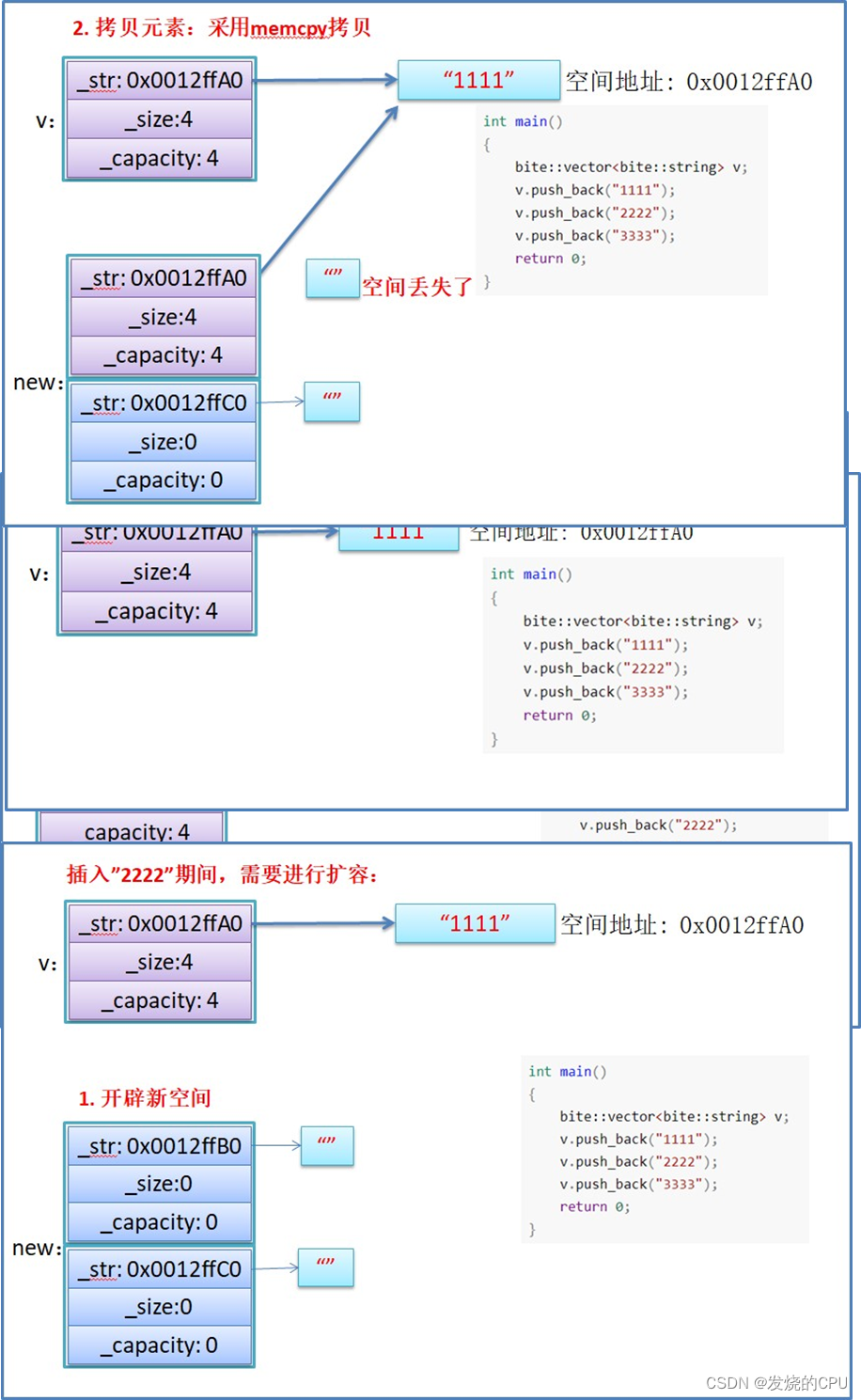
三、动态二维数组
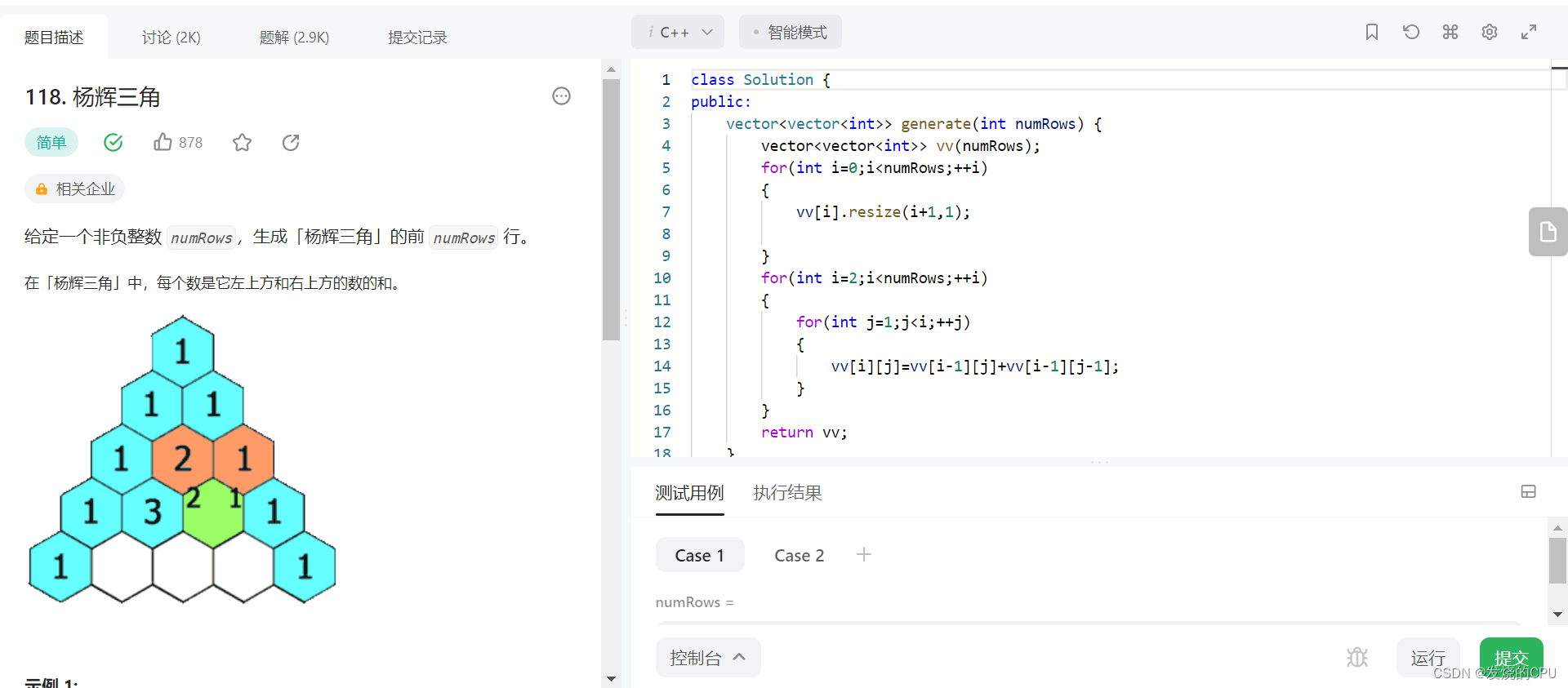
以杨辉三角为例:
class Solution {
public:
vector<vector<int>> generate(int numRows) {
vector<vector<int>> vv(numRows);
for(int i=0;i<numRows;++i)
{
vv[i].resize(i+1,1);
}
for(int i=2;i<numRows;++i)
{
for(int j=1;j<i;++j)
{
vv[i][j]=vv[i-1][j]+vv[i-1][j-1];
}
}
return vv;
}
};(vv.operator[](i)).operator[j]
通过两次operator[]的调用,像访问二维数组一样访问第i行的第j列的数据,本质是先访问第i个vector<int>对象,再访问这个对象的第j个int数据。


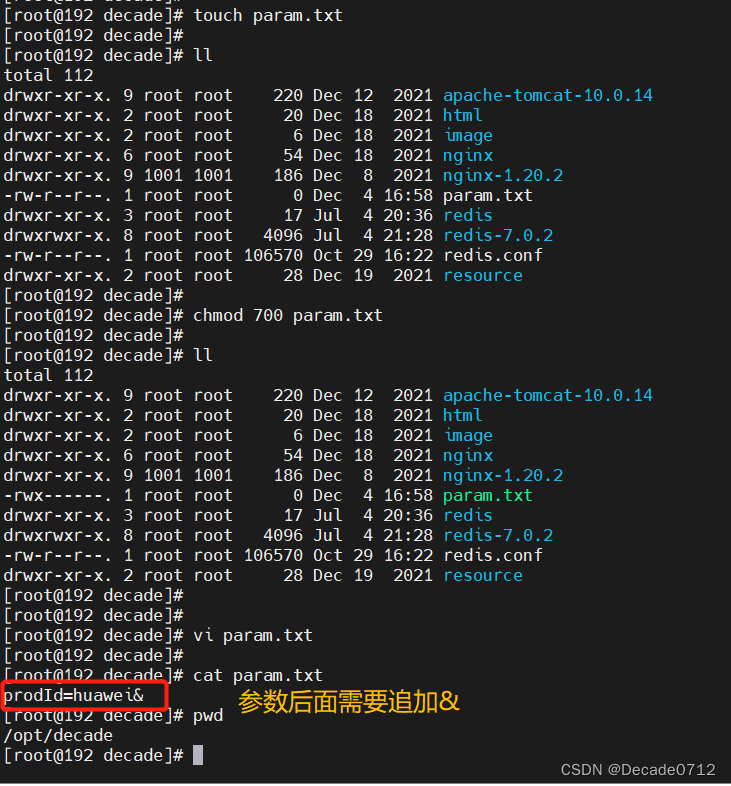


![[Swift]国际化](https://img-blog.csdnimg.cn/daf1fd7f1129445f89a70915de907298.png)
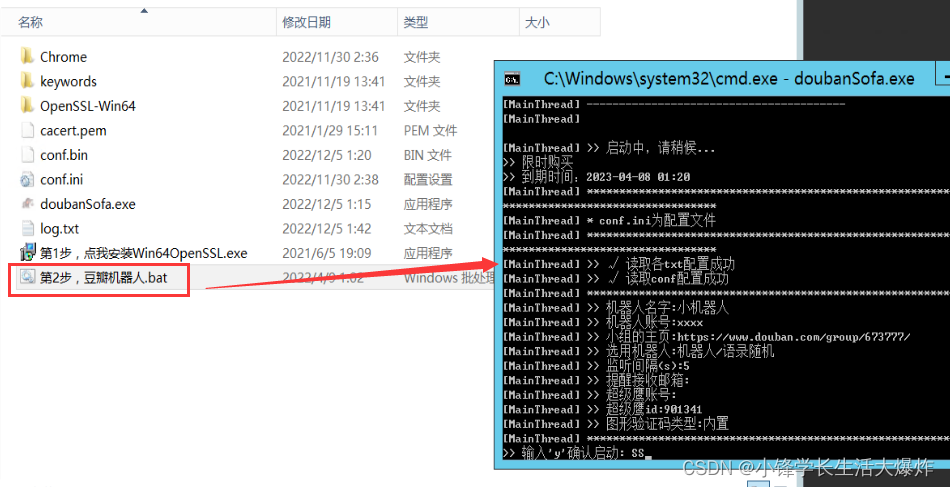
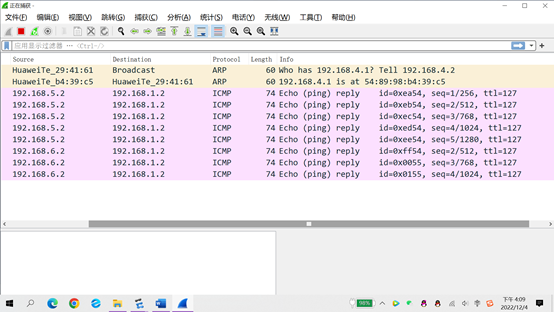
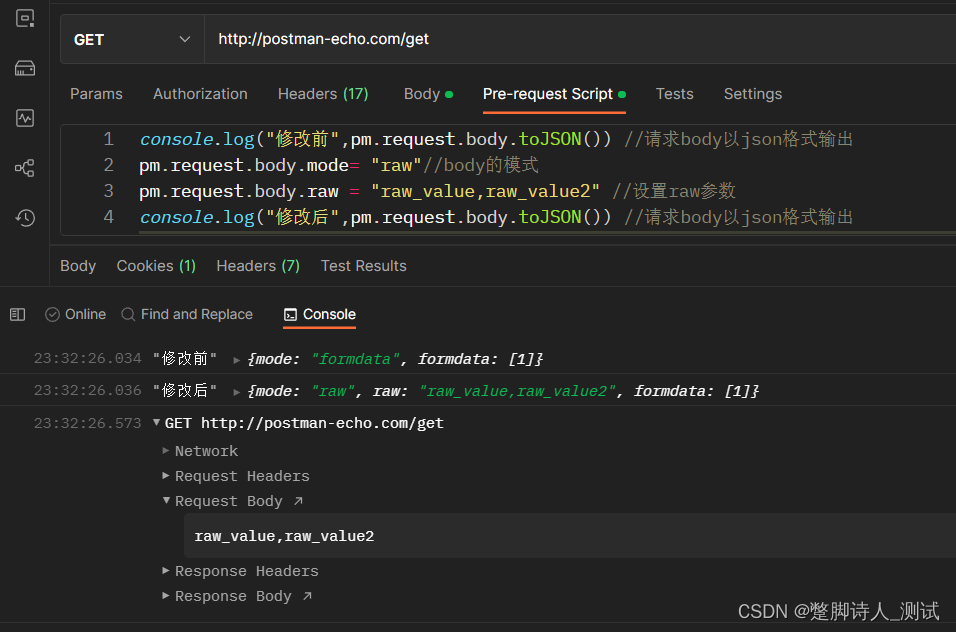

![[附源码]Python计算机毕业设计SSM景区在线购票系统(程序+LW)](https://img-blog.csdnimg.cn/1fc9988db0ce450cb633309d5a8d0aa4.png)

![[附源码]计算机毕业设计共享汽车系统](https://img-blog.csdnimg.cn/b9064a9c59b5458080d83925e206f0d8.png)
